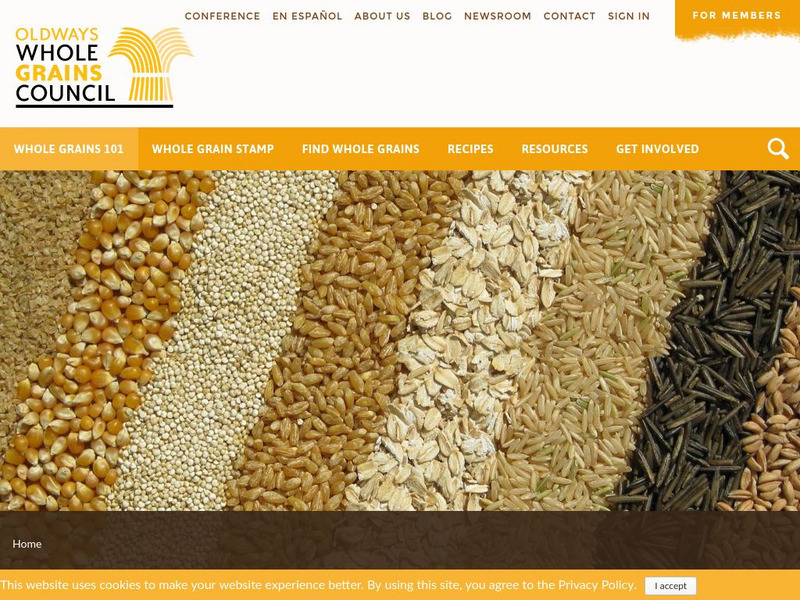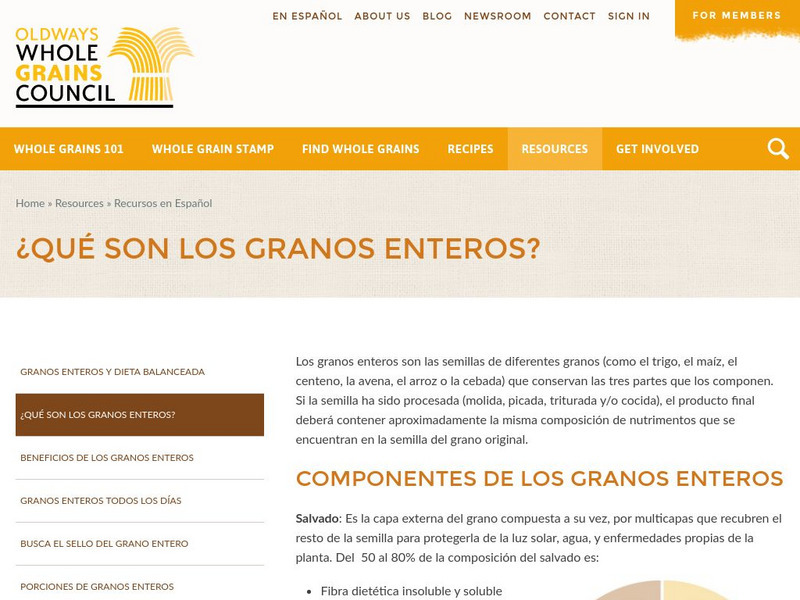Hi, what do you want to do?
Curated OER
Mallard Ducks
First graders discuss the habitat and needs of a Mallard duck. In this lesson on ducks, 1st graders examine what a Mallard ducks needs to survive and the wetland habitat that the duck is usually found in.
Curated OER
A Elegy
Students examine an elegy for form, tone and subject matter. In this elegy lesson, students share impressions from Dylan Thomas's poem and a critic's response to the poem. Students discuss emotions and the refusal to mourn...
Curated OER
Greek Amphora
Students analyze the Greek Amphora figure in Greek art and complete related activities. In this Greek art lesson, students analyze the Greek vase art and the Antimenes painter style. Students research mythology sections for stories of...
Curated OER
Spelling Activity: Uncle Joe's Frozen Waffles-Find Spelling Mistakes
For this spelling worksheet, learners circle incorrectly spelled words on a picture of Uncle Joe's Frozen Waffles, then write each word correctly.
Curated OER
Creating a Disaster
Students construct a volcano model. In this earth science lesson, students determine the structure and build of their volcano. They explain the danger of volcanic eruptions.
Curated OER
Eating for Your Future
Young scholars brainstorm ways to live healthy. In this health science activity, students recipes that are healthy and appealing. They compile all recipes and develop a class cookbook.
Curated OER
Breaking News English: Mediterranean Diets Keep You Happier
In this English activity, students read "Mediterranean Diets Keep You Happier," and then respond to 1 essay, 47 fill in the blank, 7 short answer, 20 matching, and 8 true or false questions about the selection.
Curated OER
Protein
Students examine protein, what it is and how it functions in the body. In this protein instructional activity students study the food pyramid, what a protein is and what it does.
Curated OER
Keep that Zip! Nutrients: Zinc, Iron, Protein
Students explain the importance of zinc, iron and protein. In this biology lesson, students create a brochure containing information about the three nutrients. They share their brochure in class.
Curated OER
From Slavechild to Freedom
Third graders read excerpts from 5 slave narratives and study and compare/contrast their families, living conditions, duties, methods of escape and destinations. In this history lesson, 3rd graders get into small groups to present their...
Curated OER
Craters!
Eighth graders examine the formation of craters. In this craters lesson plan, 8th graders discover the various energies involved in the formation of a crater, where you can find a crater in the Solar System, and observations of craters...
Curated OER
Nutrition Vocabulary Word Searches
Learners complete word searches based on nutrition vocabulary. In this nutrition lesson plan, students choose the food group and select a word search based on the group.
Curated OER
Rock Sorting Activity
Students organize rock samples according to their properties. In this earth science lesson, students predict whether they are igneous, metamorphic or sedimentary. They compare their prediction with the actual type.
Curated OER
Water Systems
In this water systems worksheet, students refer to their textbook to complete questions about the amount of water on earth and the portion of water in various forms. Students review porosity, permeability, and water table. This worksheet...
Other
Whole Grains Council: Whole Grains 101
Whole grains are an important part of your diet. This article discusses the advantages of whole grains, how you can incorporate them into your meals, and there are even some recipes to try.
Scientific American
Scientific American Slideshow: A Grain of Sand: Nature's Secret Wonder
Get an up-close microscopic view of grains of sand from various locations around the world in this slideshow from Scientific American.
US Department of Agriculture
Choose My Plate: All About the Grains Group
There are two types of grains: whole grains and refined grains. Learn about each and find examples. Click on the "Grains Food Gallery" link to see examples, images, and serving sizes of different grains.
Other
Grain Chain: Welcome to Grain Chain
A comprehensive website with activities for all age groups to help in understanding how grains are grown and why they are such an important part of our diet. Included are interactive games, activity sheets, and lesson plans.
Other
Whole Grains Coiuncil: Que Son Los Granos Enteros?
Spanish content. Describes the parts of a whole grain of one the world's cereal crops.
US Department of Agriculture
Choose My Plate: Why Is It Important to Eat Grains, Especially Whole Grains?
"Why is it important to eat grains, especially whole grains?" This website has the answer. Read about the "health benefits" of eating whole grains and learn about the nutrients found in whole grains.
Other
Whole Grains Council: What's a Whole Grain? A Refined Grain?
Explains what the inside of a whole grain looks like, and the difference between whole grains and other grains, e.g., refined and enriched.
US Department of Agriculture
Choose My Plate: How to Eat More Whole Grain Food
Find notes at this website that will help you eat whole grains at meals and for snacks. Includes tips for reading food labels and teaching young children how to make healthy food choices.
Other
Teach With Picture Books: One Grain of Rice: A Mathematical Folktale
Author provides a summary, discussion questions, background information, pre-reading and after-reading questions, as well as extension ideas for math and language arts for the folk tale from India, One Grain of Rice.
Other
Whole Grains Council: How Much Is Enough?
This page from the Whole Grains Council gives guidelines on what constitutes whole grains and how to get enough in your diet.
Other popular searches
- Whole Grains
- Bread and Grains
- Cereal Grains
- Food Pyramid Grains
- Difference Between Grains
- Plant Products Grains
- Breakfast Cereal Grains
- Sand Grains
- Foods Meat and Grains
- Igneous Rock Grains
- What Are Grains
- Cooking Grains

























